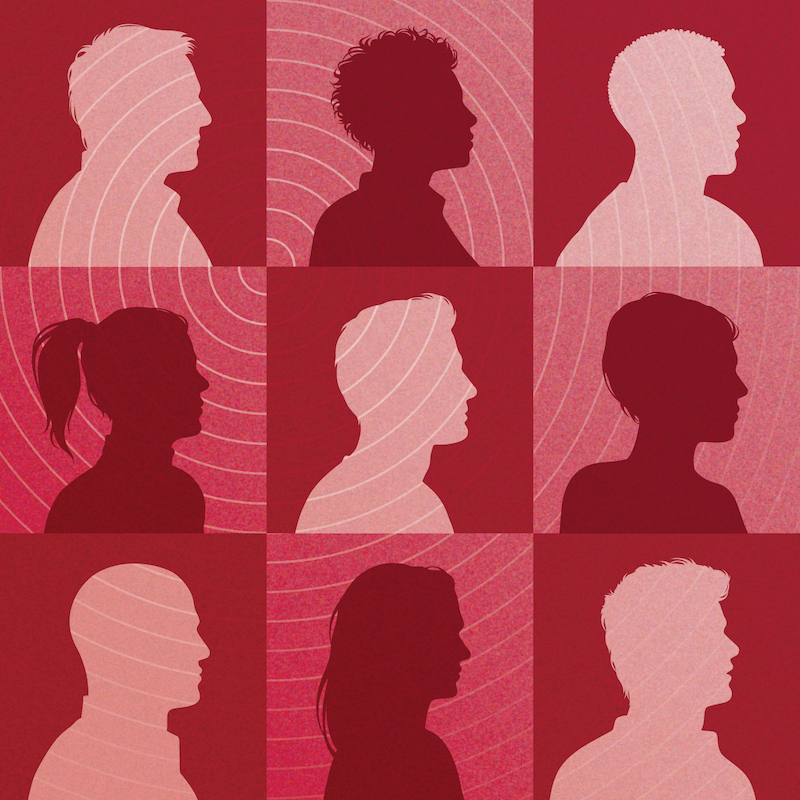Prevalence and Profile of High Impact Chronic Pain

Almost 11 million U.S. adults have “High Impact Chronic Pain.” That is, pain that has lasted 3 months or longer and is accompanied by at least one major activity restriction, such as being unable to work outside the home, go to school, or do household chores. These people report more severe pain, more mental health problems and cognitive impairments, more difficulty taking care of themselves, and higher health care use than those who have chronic pain without these activity restrictions, according to an analysis of national survey data by researchers from the National Center for Complementary and Integrative Health’s Division of Intramural Research and collaborating institutions, published in the Journal of Pain.
Chronic pain is a common problem, affecting about 40 million U.S. adults, but its impact on people’s daily lives has been difficult to define. The U.S. National Pain Strategy proposed adding disability (activity limitations) to the standard definition of chronic pain (which is based on how long the pain has lasted) to get better information on the impact of chronic pain on the U.S. population. This study analyzes 2011 National Health Interview Survey data on chronic pain accompanied by restrictions in major life activities (High Impact Chronic Pain) and chronic pain without these limitations.
The survey data showed that
- 4.8 percent of the U.S. adult population (10.6 million people) had High Impact Chronic Pain and another 13.6 percent (29.9 million) had chronic pain without limitations in major life activities.
- Activity limitations were more common in the chronic pain population than in groups with other chronic health conditions, such as stroke, kidney failure, cancer, diabetes, or heart disease.
- About 83 percent of people with High Impact Chronic Pain were unable to work for a living, and one-third had difficulty with self-care activities such as washing themselves and getting dressed.
- People of African American, native American, or Asian Indian descent; older people; those with a high school diploma or less education; and those who were divorced/separated, widowed, or never married had an increased likelihood of High Impact Chronic Pain.
- Compared to people with chronic pain without activity limitations, those with High Impact Chronic Pain had higher levels of anxiety, depression, fatigue, and cognitive difficulty. They also tended to report more severe pain, worse health, and higher health care use.
- Although many people with chronic pain also have other health problems, analyses that controlled for the other conditions suggested that the disabilities experienced by people with High Impact Chronic Pain were more closely related to their frequent pain than to their other health issues.
These results, along with future studies that distinguish people with High Impact Chronic Pain from those with chronic pain without limitations, should improve understanding of the risk factors, causes, and consequences of chronic pain and may help in finding ways to reduce the likelihood that people with chronic pain will become disabled.
Reference
- Pitcher MH, Von Korff M, Bushnell MC, Porter L. Prevalence and profile of high impact chronic pain in the United States. Journal of Pain. 2019;20(2):146-160.
Additional Resources
Publication Date: August 8, 2018